If your grocery bill is creeping higher, you’re not imagining things. A fresh wave of China tariffs is shaking up store shelves across America, and 12 everyday grocery items are taking the brunt of it. From pantry staples to popular condiments, the price hikes are already being felt—and experts warn this could be just the beginning. Whether you shop at big-box retailers or your local market, these tariff-driven increases could impact your next haul. Want to know what to stock up on before costs climb even more? Here are the grocery items now feeling the heat from the new tariffs.
1. Soy Sauce
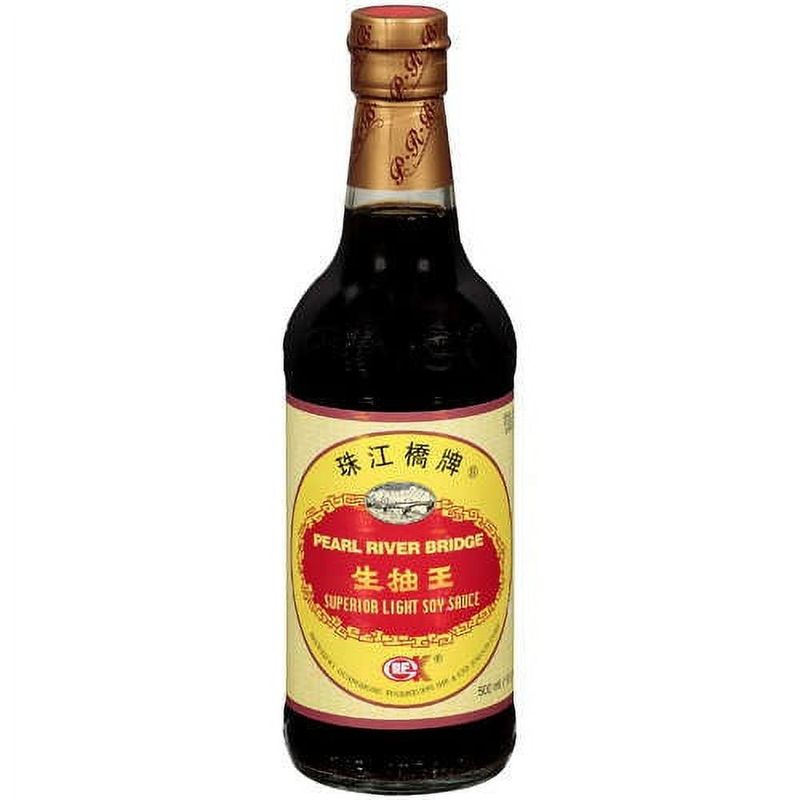
Cracking open a bottle of your favorite soy sauce might soon leave your wallet lighter. As tariffs target imported condiments, beloved brands like Lee Kum Kee and Pearl River Bridge are now facing steep import costs. These classics are pantry must-haves for stir-fries, marinades, and dipping sauces—but with higher tariffs in play, expect noticeable shelf price jumps. Domestic alternatives might fill the gap, but loyal fans swear by the depth and balance of authentic Chinese varieties. If soy sauce is a staple in your cooking routine, now may be the time to grab an extra bottle or two.
2. Garlic
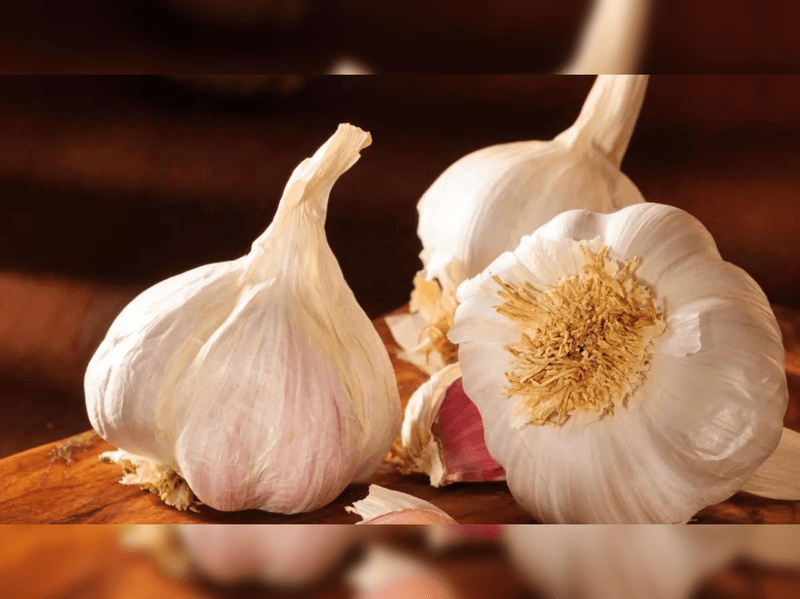
America’s love affair with garlic is about to get more expensive. China supplies the lion’s share of the world’s garlic, and new tariffs are hitting this pungent powerhouse hard. From minced garlic jars to fresh bulbs, the price increase is showing up across multiple formats.
Restaurants and home cooks alike may soon feel the sting, especially if they rely on bulk buys. Although U.S.-grown garlic is available, it’s typically pricier and in lower supply. If your meals always start with a sizzling garlic base, brace yourself—this flavorful favorite may no longer be the budget-friendly essential it once was.
3. Apple Juice

Parents, take note: that lunchtime apple juice box is getting a price bump. Roughly two-thirds of apple juice concentrate in the U.S. is imported from China, and new tariffs are pushing up production costs for major juice brands. From kids’ lunch pouches to large refrigerated jugs, apple juice is a household staple that could quietly drain more from your grocery budget. While some American-made juices exist, they often rely on the same global supply chains. Whether you sip it daily or keep it stocked for little ones, this sweet drink may soon leave a sour taste in your budget.
4. Frozen Shellfish
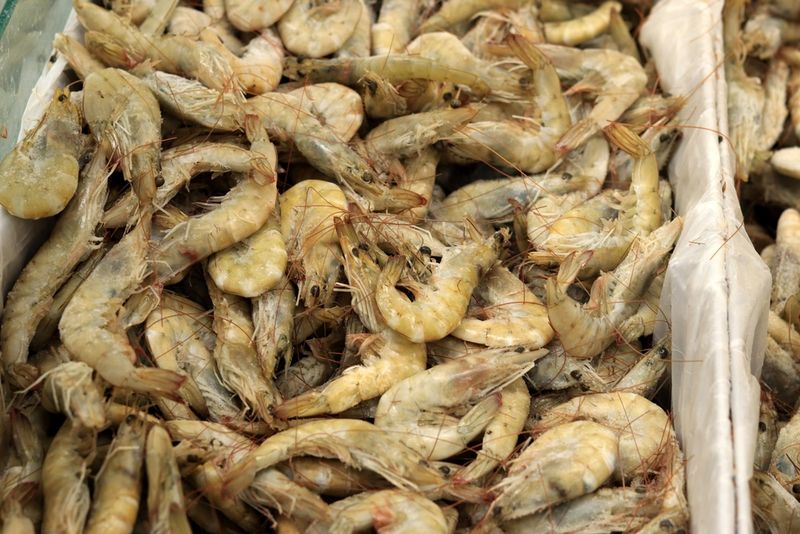
Seafood lovers may want to dive into the freezer aisle with caution. Frozen shellfish—especially shrimp, crab, and lobster imported from China—is now subject to stiffer tariffs, causing ripple effects on pricing. Whether you enjoy shrimp scampi or a crab-stuffed appetizer, expect your go-to seafood indulgences to climb in cost.
For many shoppers, frozen varieties offer convenience and affordability—but those days may be numbered. With limited domestic production to meet demand, it’s unlikely prices will stabilize soon. If your freezer isn’t already stocked with your favorite shellfish, it might be worth snagging a few bags before prices surge further.
5. Sichuan Pepper Products
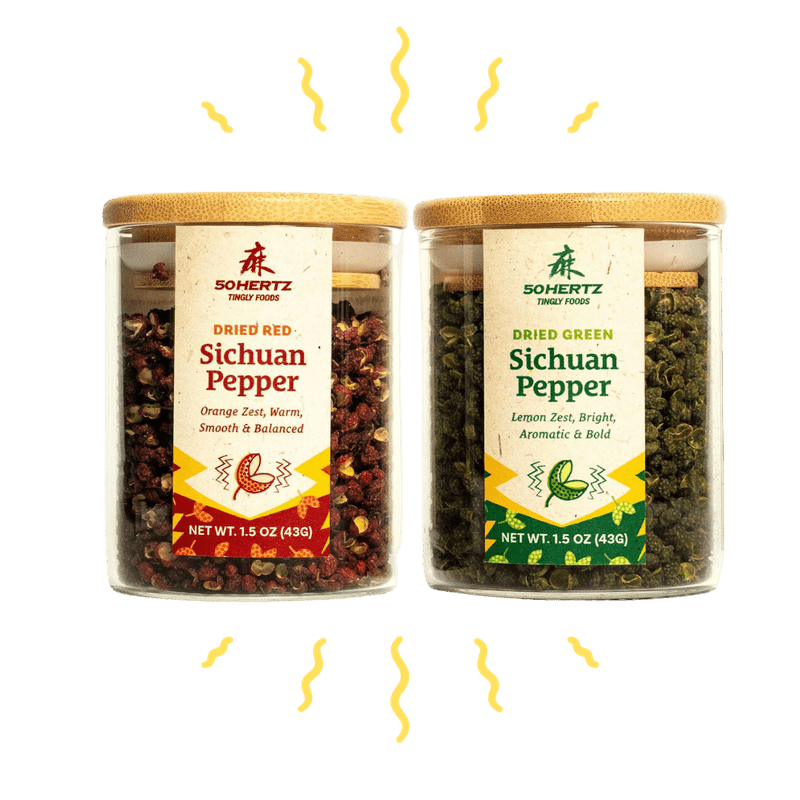
Fans of fiery flavors might want to check their pantry stock. Sichuan peppercorns and chili crisp sauces—especially popular imports like Fly By Jing—are being impacted by the China tariffs, and price hikes are imminent. These specialty items have surged in popularity, adding tongue-tingling heat to everything from noodles to eggs. Because they’re often made with hard-to-replicate ingredients native to China, finding a true substitute could be tough. If your kitchen isn’t complete without that addictive mala sensation, consider grabbing your favorite brands soon. Tariffs could make these niche condiments significantly more expensive in the coming weeks and months.
6. Canned Fruits and Vegetables
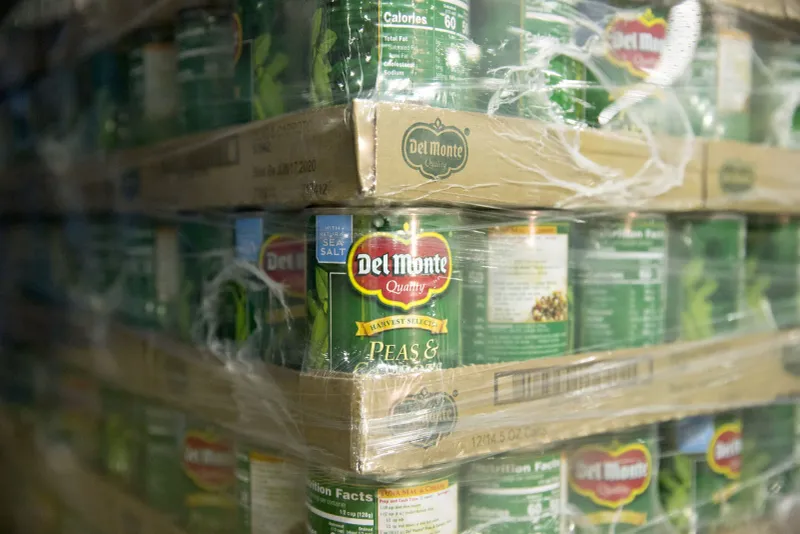
Tucked in many kitchen cabinets, canned fruits and vegetables are the unsung heroes of easy cooking—but they’re now caught in the tariff crossfire. China exports large volumes of canned produce to the U.S., and the new fees are making a direct impact.
Shoppers who rely on canned pineapple, mushrooms, or bamboo shoots may see prices inch up with each grocery trip. These items are prized for their long shelf life and affordability, making them go-to ingredients for budget-conscious meals. With tariffs now inflating costs, that once-cheap can of fruit cocktail or peas may not stretch your dollar like before.
7. Packaged Meals and Instant Ramen
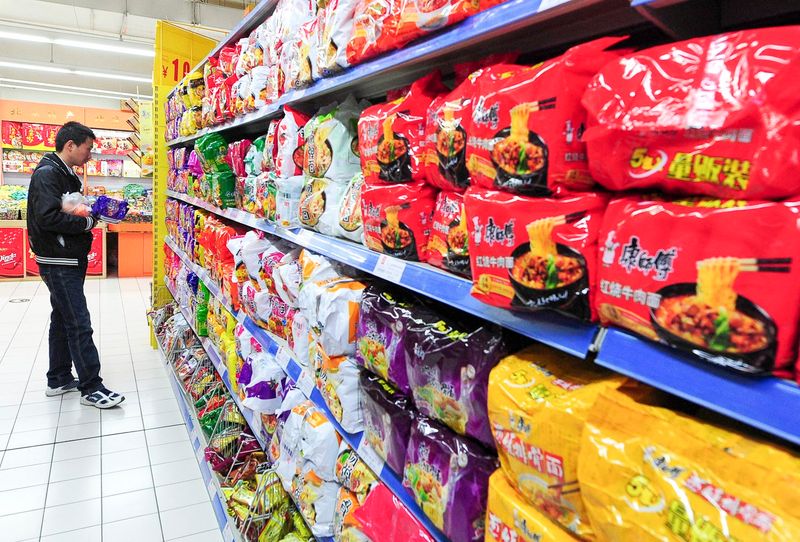
Convenience just got costlier. Packaged meals and instant noodles, many of which are imported from China, are facing price hikes as new tariffs take effect. For college students, busy families, or anyone needing a quick meal fix, these products have long been a low-cost lifesaver. But brands known for their savory soups and spicy noodle packs could soon pass on their increased costs to consumers. Even off-brand options are seeing rising costs due to shared supply chains. If you lean on instant ramen for comfort or budget eats, consider stocking up now before the price tag noodles upward.
8. Snack Foods and Candy

Cravings might start costing you more. Imported snacks and sweets from China—think rice crackers, chewy candies, and puffed treats—are facing a tariff-induced surge. These fun food finds often fly under the radar, but they’re pantry favorites for adventurous snackers and global food fans alike.
Unfortunately, importers are being hit with higher costs that are likely to trickle down fast. Whether you browse the international aisle at big-box stores or love a specialty Asian market haul, expect to see those brightly packaged favorites carrying a higher price. Sweet tooth or not, this might be a good time to stockpile.
9. Tea
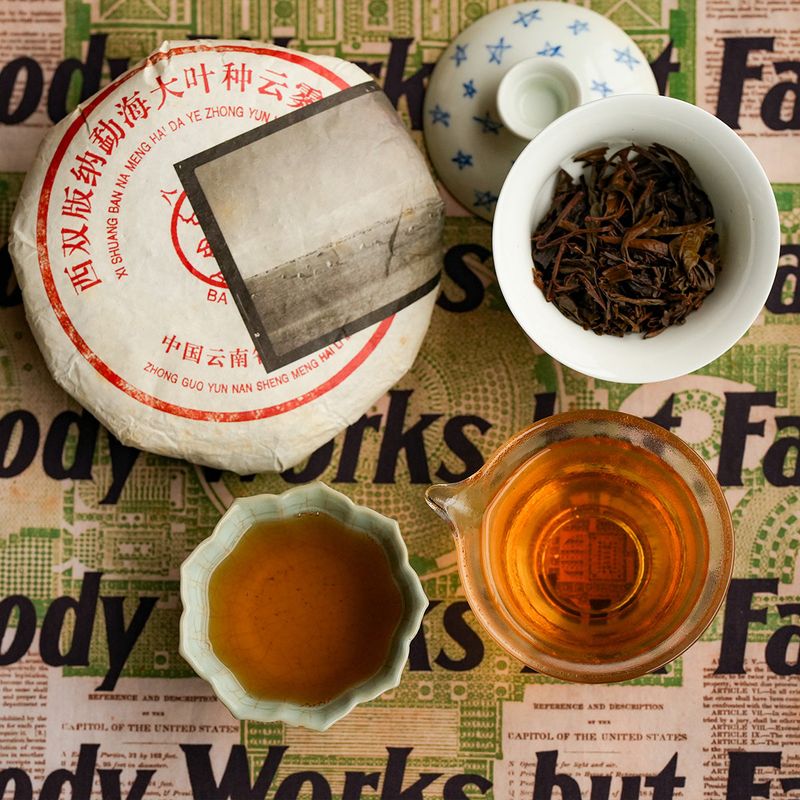
Your afternoon tea ritual could soon come with a financial kick. Popular Chinese teas—like jasmine, pu-erh, and oolong—are now included in the tariff expansion, meaning importers are facing steep new fees. These teas aren’t just drinks—they’re cultural experiences, often sourced from regions with centuries-old traditions. While U.S.-based or alternative brands exist, aficionados often prefer the authentic aroma and taste of Chinese-sourced blends. Whether you sip daily or save it for special moments, now may be a wise time to stock up. Tariffs are already brewing changes in the market, and your next cup may cost more than expected.
10. Pet Treats
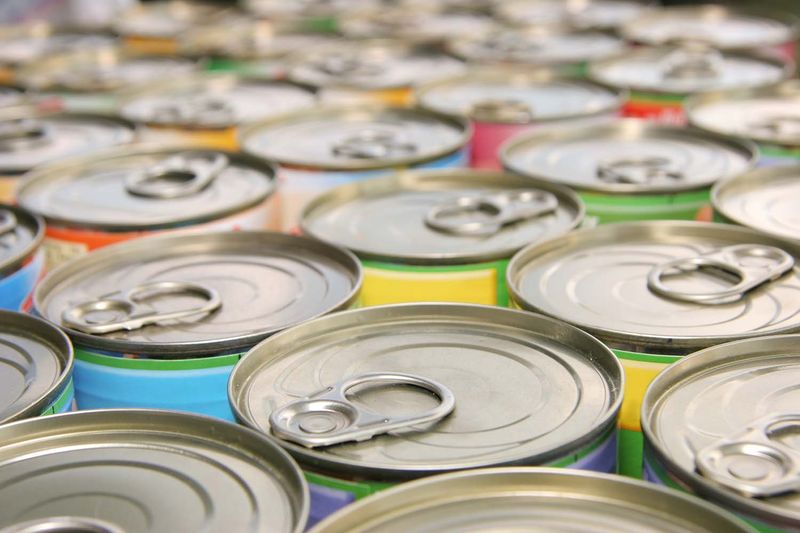
Furry friends won’t be spared. Pet treats made in China are now included in the tariff sweep, and that could mean rising costs for dog biscuits, dental chews, and cat snacks. While some pet owners already seek U.S.-sourced treats, others find that imported brands offer variety and competitive pricing.
Unfortunately, those budget-friendly bags could soon reflect higher import costs, especially in bulk or specialty formats. With more Americans treating their pets like family, this tariff hits where it hurts—right in the treat jar. If you don’t want to cut back on Rover’s rewards, now’s a smart time to stock up.
11. Cooking Oils
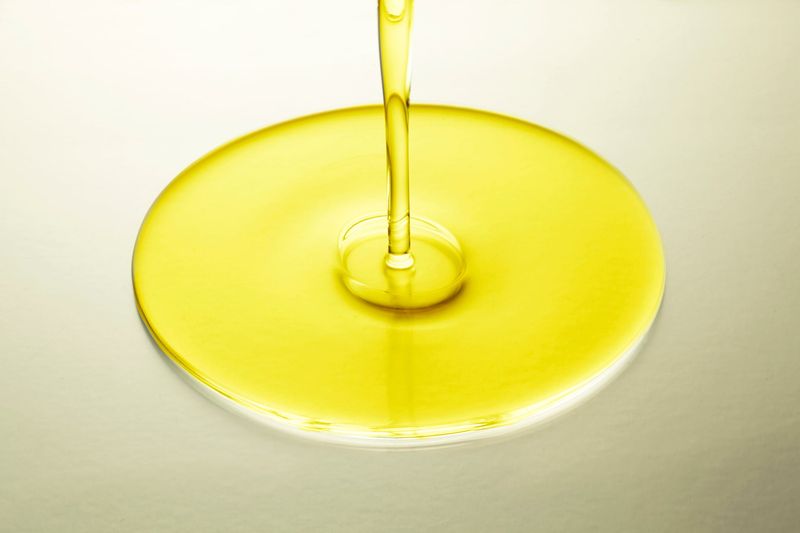
That bottle of cooking oil might cost more than you’d expect. Tariffs are driving up the price of certain oils sourced from China, including blends often used in restaurant-style stir-fries and deep frying. While canola, olive, and vegetable oils are largely domestic, specialty oils like peanut and sesame from Chinese manufacturers are feeling the pinch. For anyone who cooks with global flavors or prefers Asian-style cuisine, these oils are key—and now, they’re pricier. Supply chain strain may also lead to shortages on store shelves. Savvy shoppers might want to grab their favorite oils now before the sticker shock settles in.
12. Spices
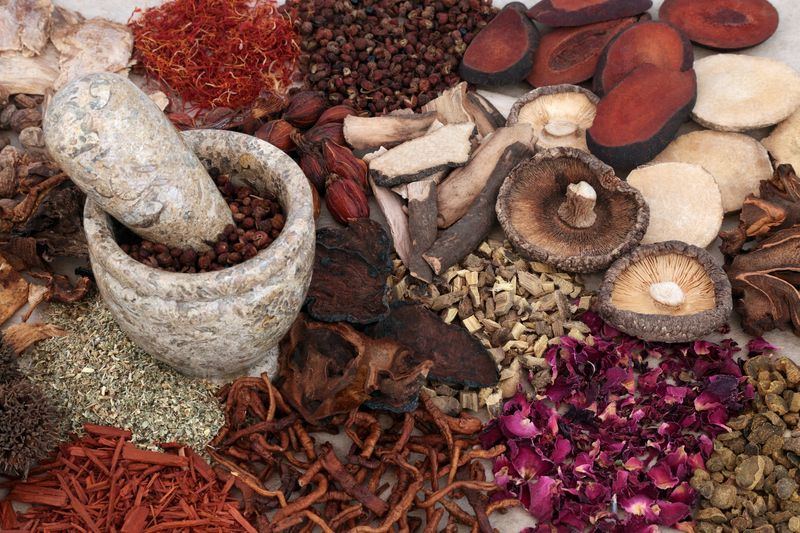
Even your spice rack isn’t safe from tariff turmoil. Imported Chinese spices—like star anise, Sichuan peppercorns, and certain dried herbs—are facing steeper import costs, and that means price increases are inevitable. These flavorful building blocks are essential in many traditional dishes, and American spice companies often rely on Chinese suppliers.
The impact? Pricier blends and potential gaps in availability. If you love to experiment in the kitchen or rely on authentic Asian seasonings, this might be the right moment to replenish your stash. The heat isn’t just in the spice—it’s in the price tag now, too.
Leave a comment